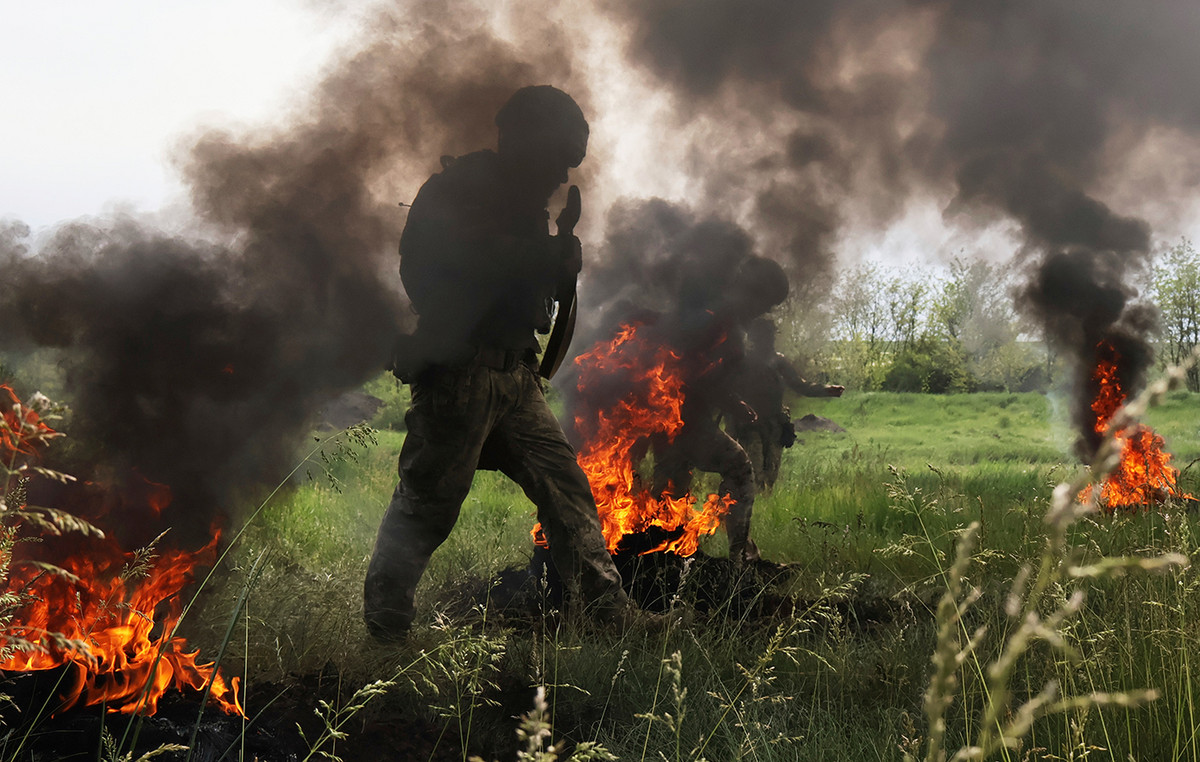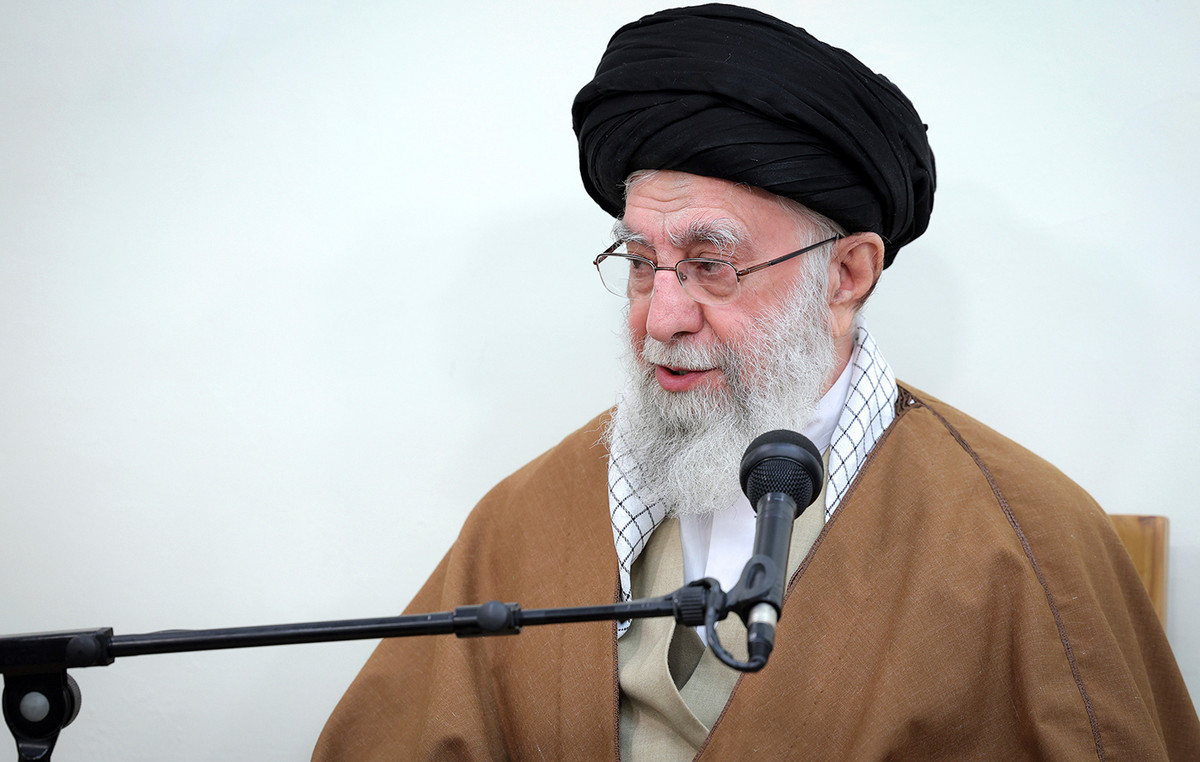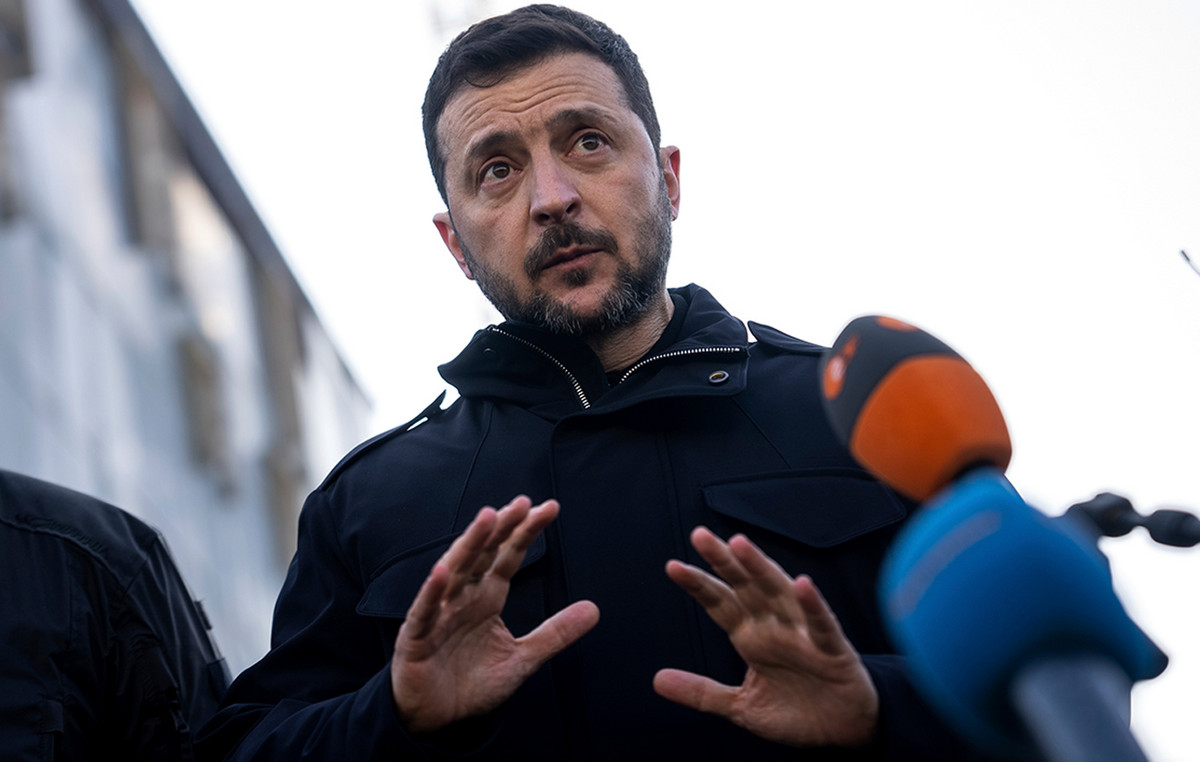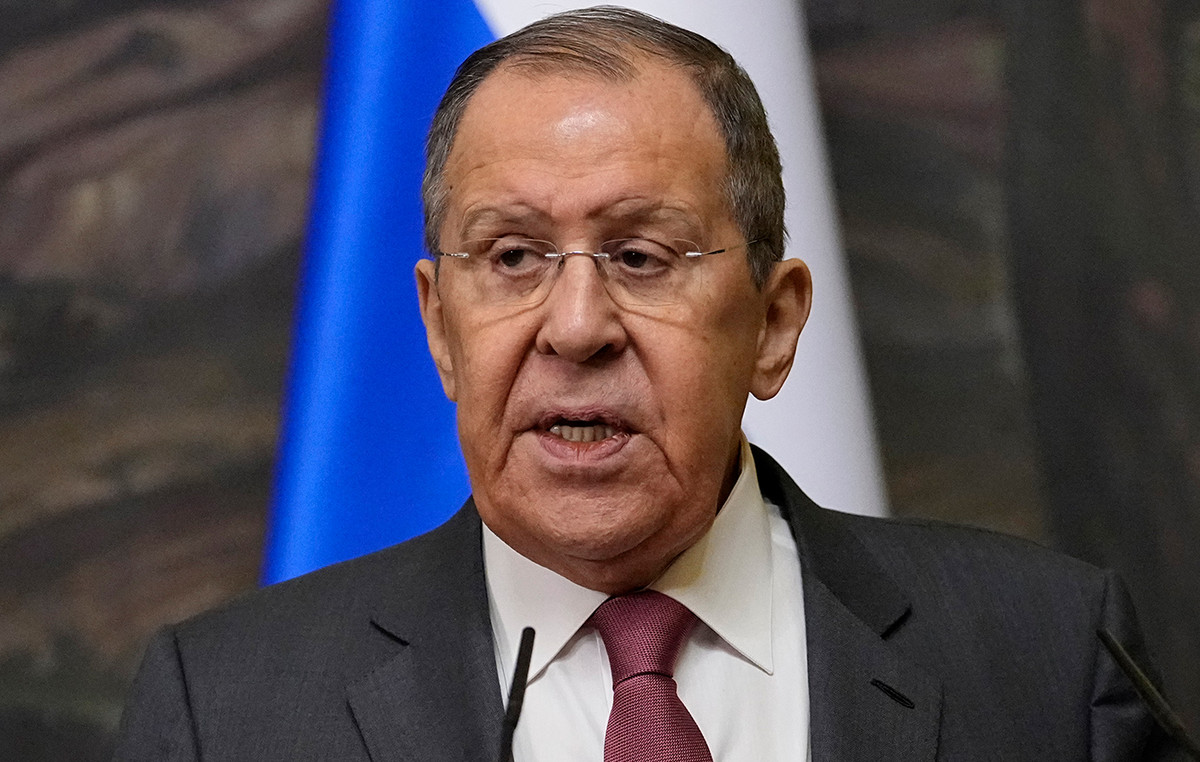About 150 of its staff NATO cyber experts gathered in Tallinn, Estonia this week to prepare for the possibility of cyber war, writes Politico.
The specific scenario has now become real for NATO member states and their allies after the Russian invasion of Ukraine, the publication points out as relayed by the ERTin which it is noted that Kyiv, in addition to missile attacks, is called upon to defend itself against the continued efforts of Russians hacker to make the life of Ukrainians more difficult.
“It’s obvious that these things actually happen,” said Col. Bird Hansen, chief of the cyber division at NATO’s Allied Transformation Command.
More than 1,000 cyber professionals in NATO members and its allies across the globe participated in an exercise this week to test and strengthen cyber defenseshttps://t.co/XYgRxXgkN5
— POLITICO (@politico) December 3, 2022
NATO’s cyber forces are closely monitoring the war in Ukraine, both to find ways to help Kyiv and to prevent Russia from breaching the infrastructure of NATO member states. The war in Ukraine has added urgency to NATO’s annual exercise, in which more than 40 member states, allies and other organizations work together to to respond to cyber attack simulations pwith critical infrastructure such as power grids and ships. Nearly 1,000 cyber professionals participated in the exercise remotely from their countries.
The world has never experienced an all-out cyber war in which cyber attacks are used with the same devastating results as physical strikes – such as disrupting critical services such as electricity and water and preventing their restoration. The situation in Ukraine, however, is on the edge of the cliff, notes the same publication.
And NATO has been deliberately ambiguous about the level of cyberattack it would take for members to respond either with force or with devastating cyberattacks of their own.
In this context, cyber security officials and technical experts from Europe, the US and Japan gathered in Tallinn to respond, based on a scenario, to cyber attacks against specific territory. The scenario predicted that on November 28, hackers launched a digital attack on an island between Iceland and Norway in an attempt intercept information and “drop” the power grid. NATO did not provide details on the exercise, which was deemed a success, according to US Navy Col. Charles Elliott, who led the exercise.
The exercise was held at NATO Cyber Range, a building designed and operating in 2021 as a training center for cyber experts. The results have been top secret from NATO officials due to security and intelligence concerns.
The war in Ukraine has raised questions about how NATO would respond to a large-scale cyber attack against a member state that could potentially invoke Article 5. For example, the government of Albania has considered requesting the use of of Article 5 this year following a widespread Iranian cyberattack on the country’s networks. According to Article 5, a potential attack against a member state is considered an attack against all NATO members.
The difficulty of keeping hackers out of networks makes it even more important to practice how to respond once they have infiltrated networks, officials say. They also stated that they incorporated scenarios and lessons learned from cyber attacks on Ukrainian infrastructure this year, including electricity grids.
The exercise was held at NATO’s Cyber Range, a building designed and opened in 2021 to serve as a training center for NATO’s cyber security experts on how to coordinate and respond to attacks like the ones now in Ukraine. The building provides cyber professionals with a secure location with autonomous computer networks that can simulate cyber disasters. The building has both unclassified and classified areas and rarely opens its doors to the press in an effort to keep businesses safe. End, participants were prohibited from bringing personal devices into the simulation space.
Source: News Beast
Bruce Belcher is a seasoned author with over 5 years of experience in world news. He writes for online news websites and provides in-depth analysis on the world stock market. Bruce is known for his insightful perspectives and commitment to keeping the public informed.







